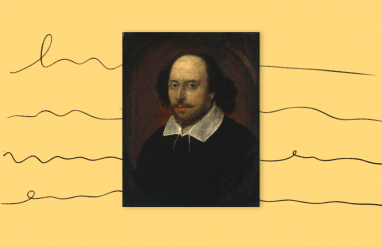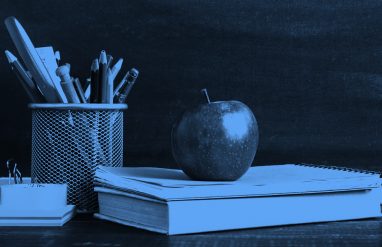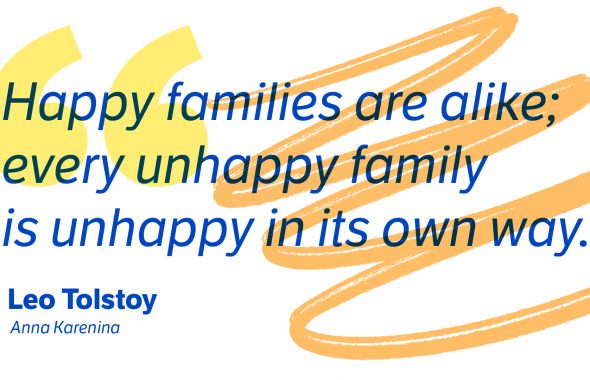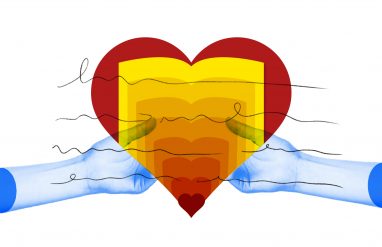Football games. Band practice. Cramming for tests while still trying to get eight hours of sleep.
High school can be overwhelming. On top of it all, there’s also whole new set of lingo you have to learn. There’s the alphabet soup of AP, IB, and MLA. There’s the tongue-twister: extracurriculars.
But, don’t worry: We’ve got you covered. Whether you are an incoming freshman, a parent of a student, or teacher or tutor trying to teach some life skills, here is a handy guide to some essential words for a successful high school career.
























